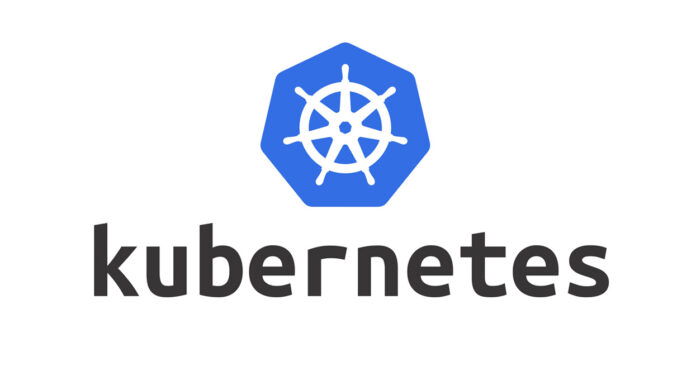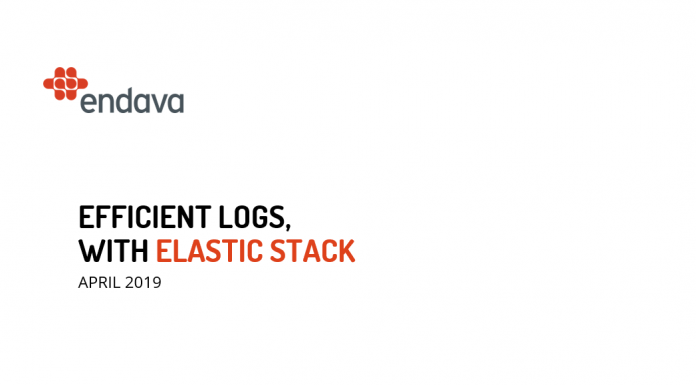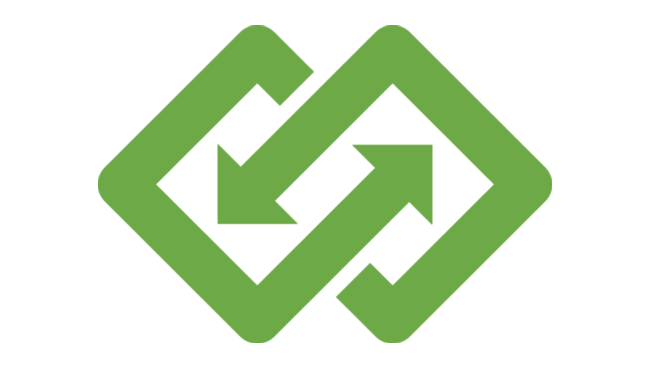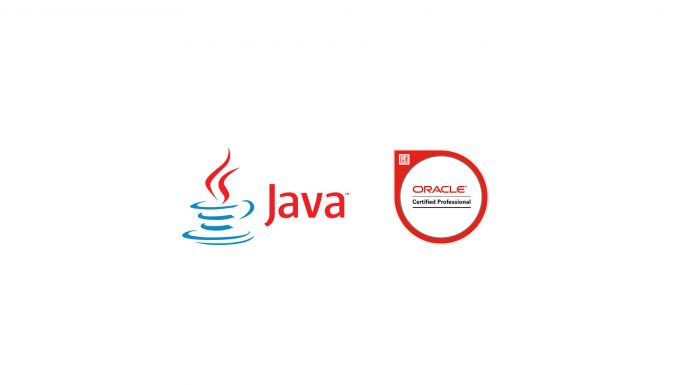This series is dedicated to helping developers prepare for the Kubernetes Certified Application Developer (CKAD) exam. In Part 1, the focus is on the essential Kubernetes concepts, such as Pods, Services, and Deployments, that are crucial for the CKAD. This guide is designed to provide clear insights and strategies for mastering these topics, making the path to certification more manageable.
Note: Kubernetes uses some Docker-like containers tool so remember you won’t be able to run a Windows-based container on a Docker host with Linux...
KinesisKinesis vs KafkaKinesisKafkaDeployment typesMay use 2 modes:- Provisioned mode- On-demand mode (new) – capacity is adjusted on demand; default capacity is 4MB/sec, maximum 200MB/s...
https://speakerdeck.com/vitalieb/efficient-logs-with-elastic-stackDemo code available at https://github.com/vitalieb/ElasticStackPresentation
IntroductionChannels are used for routing messages to endpoints.Channels do the routing and endpoints perform the operations.Spring Integration (SI) provides numerous adapters for communication between...
Advanced class design:
Anonymous classes are implicitly final and it can never be static.static method > default methoddefault method > abstract methoddefault method > default method (re-declared...
I want to share with you my Spring Core Certification notes I took.Here they are:
What is Spring Boot?
Spring Boot is a set of preconfigured framework that works on top of Spring Framework and simplifies configuring a Spring application.
What are...
What does REST stand for?
REST stands for REpresentational State Transfer.
What is a resource?
Anything that can be named is a resource. Usually that nouns that...










